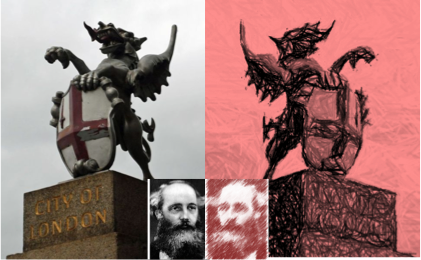Speaker
David G. Cerdeno
(University of Durham)
Description
The SuperCDMS experiment attempts to detect WIMP dark matter particles through their elastic scattering off Ge nuclei. The simultaneous measurement of the energy deposited in ionization and phonons allows for an excellent discrimination of nuclear recoils (expected from WIMP interactions) versus electron recoils (due to background events). The current experimental setup features new detectors (iZIPs) which are instrumented on both sides with interleaved ionization and phonon sensors and allow to separate surface and bulk events, thereby eliminating the main source of background of the previous CDMS II phase. Using this full background rejection capability, and operating at a very low analysis threshold ($1.6-10$ keV$_{nr}$) we have carried out a search for low-mass WIMPs. An exposure of 577 kg days was analysed for WIMPs with mass below 30 GeV, with the signal region blinded. An upper bound was extracted on the WIMP-nucleon scattering cross-section, which probes new parameter space for WIMP masses below 6 GeV and is in tension with the dark matter interpretation of previous experimental results.
Primary author
David G. Cerdeno
(University of Durham)




